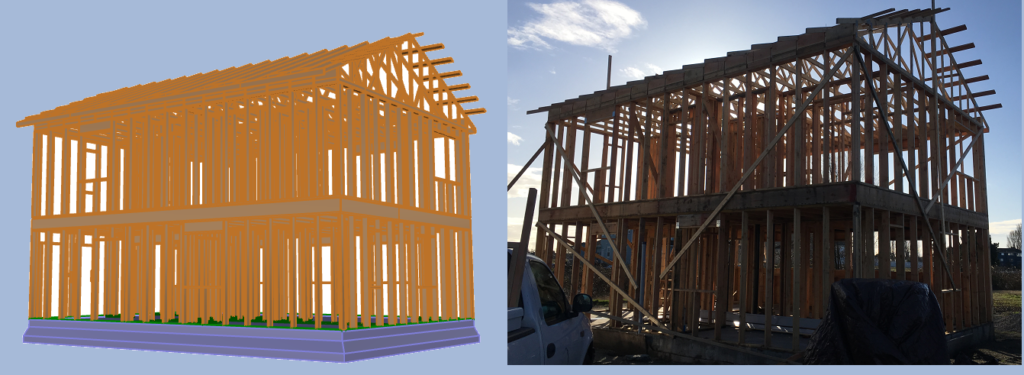Follow the Build
From Vision to Reality: Building a Net-Zero Home

Follow along as I share each and every step in solo building my own net-zero home. I take you from purchasing the land, getting the proper permits, and pouring the foundation, all the way through to putting on the finishing touches. Solo building your own house is a massive undertaking that involves countless hours of hard labor, countless more hours learning proper building practices and studying building codes, and the ability to tackle frustrating problems that you will inevitably encounter through the build. That having said, I believe anyone who sets their mind to it and is prepared to face those challenges has the ability to do it!
Not only CAN you do it, but you also SHOULD do it! Did you know that buying or building a home (or homes) is one of the biggest investments a person makes in their lifetime? I am building my home for half the cost of what homes in my neighborhood are selling for, and that’s including the cost of tools and even equipment like my truck. But my house is built far better than any house in my neighborhood. It has more insulation, so monthly heating and cooling costs are lower. It is more airtight, so all the air I am breathing inside has gone through a medical grade air filter. It has short “home runs” from water fixtures to the water heater, so I don’t have to wait a minute for hot water to come out after I turn it on. It has a metal roof and fiber cement siding so it is built to last a long time without any expensive maintenance. It is all electric, so I don’t have to worry about gas explosions or carbon monoxide.
Not only did I design the house to take advantage of great building practices like the ones I just mentioned, I also used sustainable materials and reused a lot of materials that the average builder would just throw away. The over 5000 pounds of insulation I used is up to 85% recycled cellulose, mostly from newsprint. The metal roof is up to 95% recycled aluminum. The fiber cement siding contains recycled material as well. When most builders cut wall openings in the plywood for windows and doors, they throw out the excess. I reused that plywood later in the build. I also reused the exterior insulation that I cut out for the windows and doors. I even reused the wood screws that I used to secure my foundation forms together.
The bottom line is that solo building your own net-zero home is one of the best things you can do to save hundreds of thousands of dollars and minimize your carbon footprint not only as you are building the house, but more importantly every single month, as it uses resources like water and power. I call that Saving Sustainably.
If you have any questions about the building process or sustainable practices drop me a line.